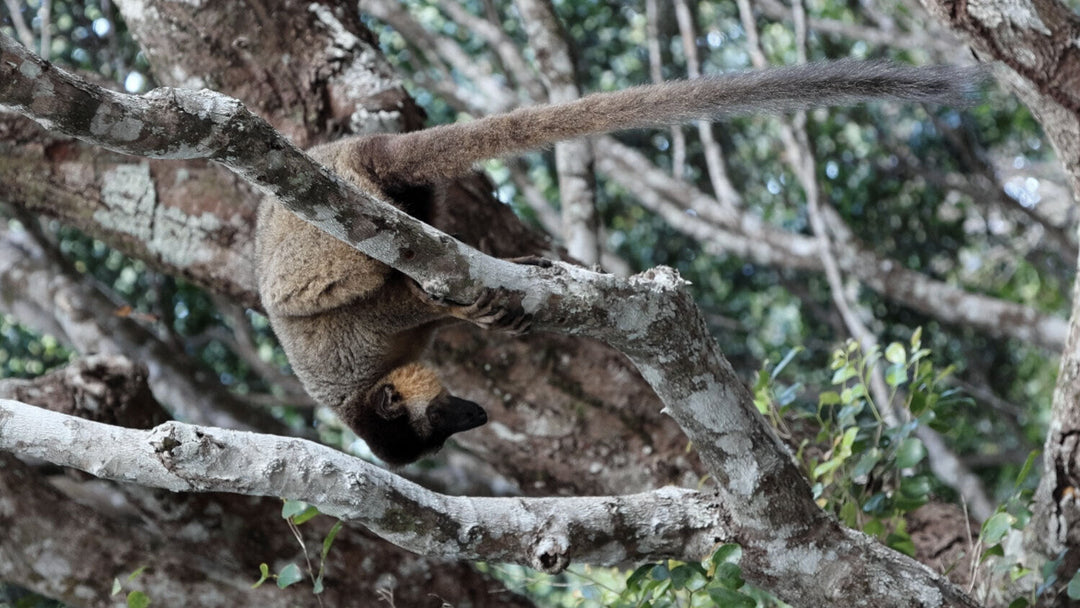Pine marten scat counter-marked by foxes
Scent marking is a common yet intriguing behaviour in the animal kingdom.
For species like foxes and pine martens, scent marking serves various roles in communication and territory management. These animals mark their environment using urine, scat, and, in the case of pine martens, glandular secretions - leaving behind chemical signals that convey information.
For both foxes and pine martens, scent marking helps establish territories, reducing the need for direct confrontation. It also plays a role in reproduction by helping them locate potential mates. Scent marking likely serves other purposes as well, such as aiding in navigation, defending resources like food or dens, and communicating with other species - such as one another - through counter-marking.
Counter-marking - when one animal marks over another’s scent - adds an extra layer of complexity to unravelling the messages conveyed through scent marking. In the video above, we first captured footage of a pine marten marking with scat next to a tree. This tree contains food bait, placed there to help us detect pine marten presence in Yorkshire. The pine marten may be marking this location to claim a resource or to help navigate back there in the future. We’ve recorded footage of pine martens marking near baited locations before, but this is the first time we’ve captured footage of foxes counter-marking a pine marten.
In this sequence of trail camera videos, captured over the course of three months, there appear to be at least two different foxes counter-marking on the pine marten scat. The same pine marten also returned multiple times, seemingly undeterred by the scent of a larger predator. The reasons behind the exchange of olfactory cues between different species is little understood. We could speculate that this behaviour may enable foxes and pine martens to coexist by understanding the presence of potential rivals and threats, minimising conflicts or defining territories. Scent marking and counter-marking are subtle yet sophisticated ways for animals to negotiate space and survival in the wild.
The camera trap footage in this article was captured by the North East Yorkshire Pine Marten Pathways Project. The NE Yorkshire Pine Marten Pathways Project is a partnership of Forestry England, NatureSpy and Yorkshire Wildlife Trust. The project aims to set the future direction for pine marten recovery in Yorkshire. Learn more about the project here.


